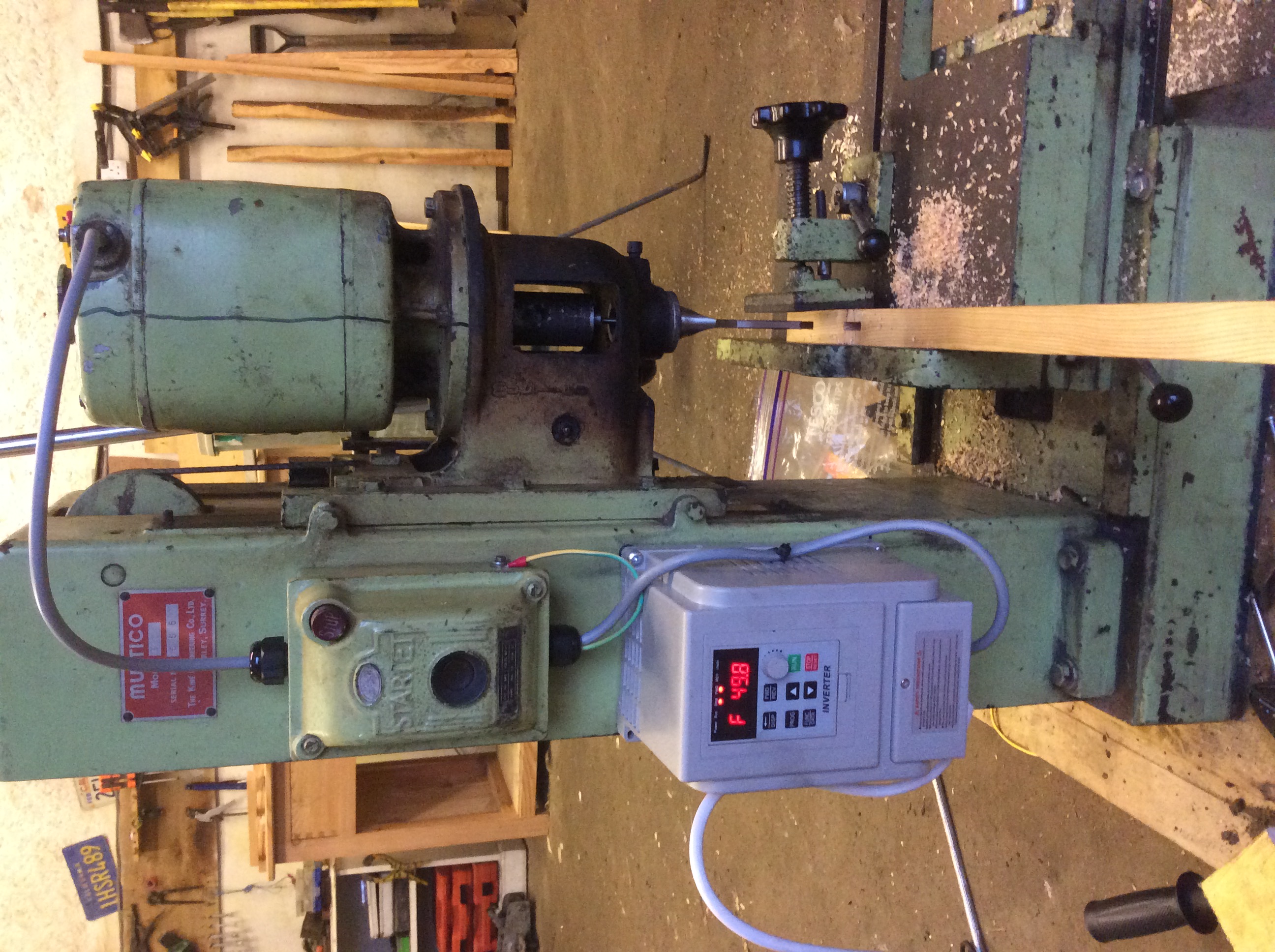weekend_woodworker":3w08k8tl said:
Sorry to be dim, but can I check that the reason to change the wiring was that so a normal inverter would work with it, not to avoid the need for an inverter? I assume that would require a complete new motor or for the existing to be completely rewound?
Thanks
Mark
Sent from my iPhone using Tapatalk
The motor was configured in star, which is the three windings connected in a Y shape. The three phases would be fed in at the three ‘outer’ points, and there were three terminals to do this. The central point of the Y, where the three windings come together, was hidden. It was designed to have 400 (ish) volts between each phase.
A normal inverter drive can produce three phase from single, but with only 240V between each phase. In order to accept the lower voltage, the windings must be in delta, or a triangle. So the hidden central tri-connection (‘star point’) needed to be brought out as three more separate wires.
Dual voltage motors have all six terminals already, so it’s a simple matter of altering bridges between terminals to choose between star or delta.

























































